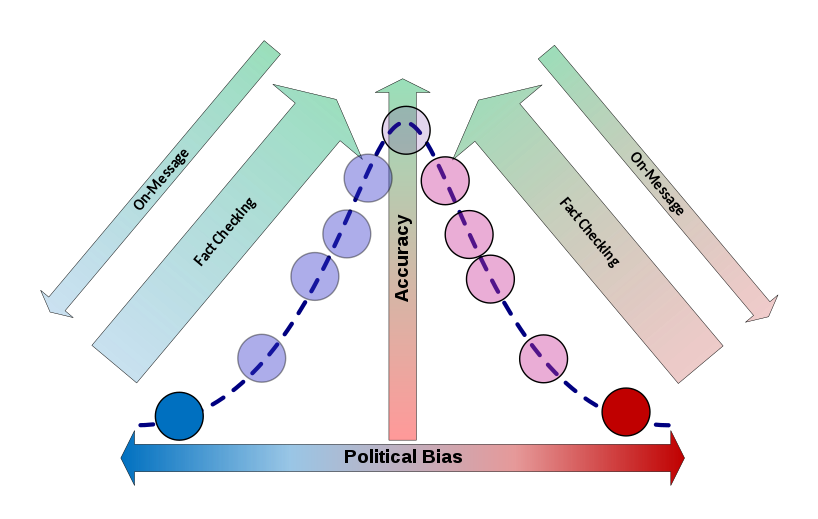The purpose of my research was to better understand the effects of political bias on the language surrounding homelessness in the United States among three major news media outlets. I was able to gather articles to analyze through purposive sampling, with the intention to have a variety of articles relating to the topic of homelessness in the U.S. Using basic and interpretive content analysis, I studied the core of these news stories, aiming to understand the underlying bias of these media outlets, specifically in relation to their political biases. I was able to understand the purpose of framing by the authors, with their intentions to utilize emotion to persuade their audiences, with CNN writing with more empathy towards the unhoused, and Fox News writing with more anger. Framing was also successfully applied to these articles to discuss the legality of homelessness, with the left leaning site looking at homelessness as the crime, and with the right leaning site looking at homeless individuals as criminals. Lastly, these sites also frame solutions of homelessness differently, with Fox News looking at homelessness as something that few, lucky individuals are able to overcome, and with CNN looking at solutions to the ongoing issue rather than focusing on those who are “free” from their homelessness.

Regarding the literature I reviewed for this research, many connections can be made to the findings of this capstone. As previously mentioned, framing emotions within the articles was utilized by all news sites, however the focus of anger towards the unhoused in the Fox News articles can be seen similar to the general public’s negative perceptions of homelessness (Harding 2016, Lawson 2018, Dickinson 2015, Donnelly et al. 2019). It is interesting to see the right leaning sites’ articles relating to the lack of empathy that has been found among many researchers’ works, especially since there is such a political divide in the United States currently. It is important to remember the writings of Soroka and McAdams (2015), in which they found that negative stories elicit more frequent responses. These findings can help one understand why a news site may write more negative stories, since those gain the most attention and response, which would in turn motivate those authors to continue doing so. While the right leaning articles focused more on that negativity, a negative framing of homelessness can be found across every news site I analyzed. Lastly, I found a strong connection between the research of Moorhead (2022), and how they argue that framing is utilized by news media to construct their audience’s social reality. This would explain why the different sites would frame their stories so differently, in an attempt to sway their audience to align with the political beliefs of that site. To reexamine the research question, I found that political bias mainly affects the framing of language surrounding homelessness in the U.S. among different news media outlets. While bias within writing is inevitable, and not always negative, understanding how bias appears among news media allows audiences to take a more analytical look at their news reports, and can explain why individuals of varying political beliefs see homelessness in the United States differently.
Regarding future research, I believe that many avenues can be taken. Firstly, it would be interesting to see how this type of analysis of news reports translates into the video reports of the same news sites. It could be interesting to understand how bias evolves when the type of media changes. It could also be interesting to look at hostile architecture, and how its expansion and development affect the language around homelessness, which was the origins of this project. Lastly, it could be beneficial to expand to more media sites, and understand how less politically biased organizations look at the same topic.